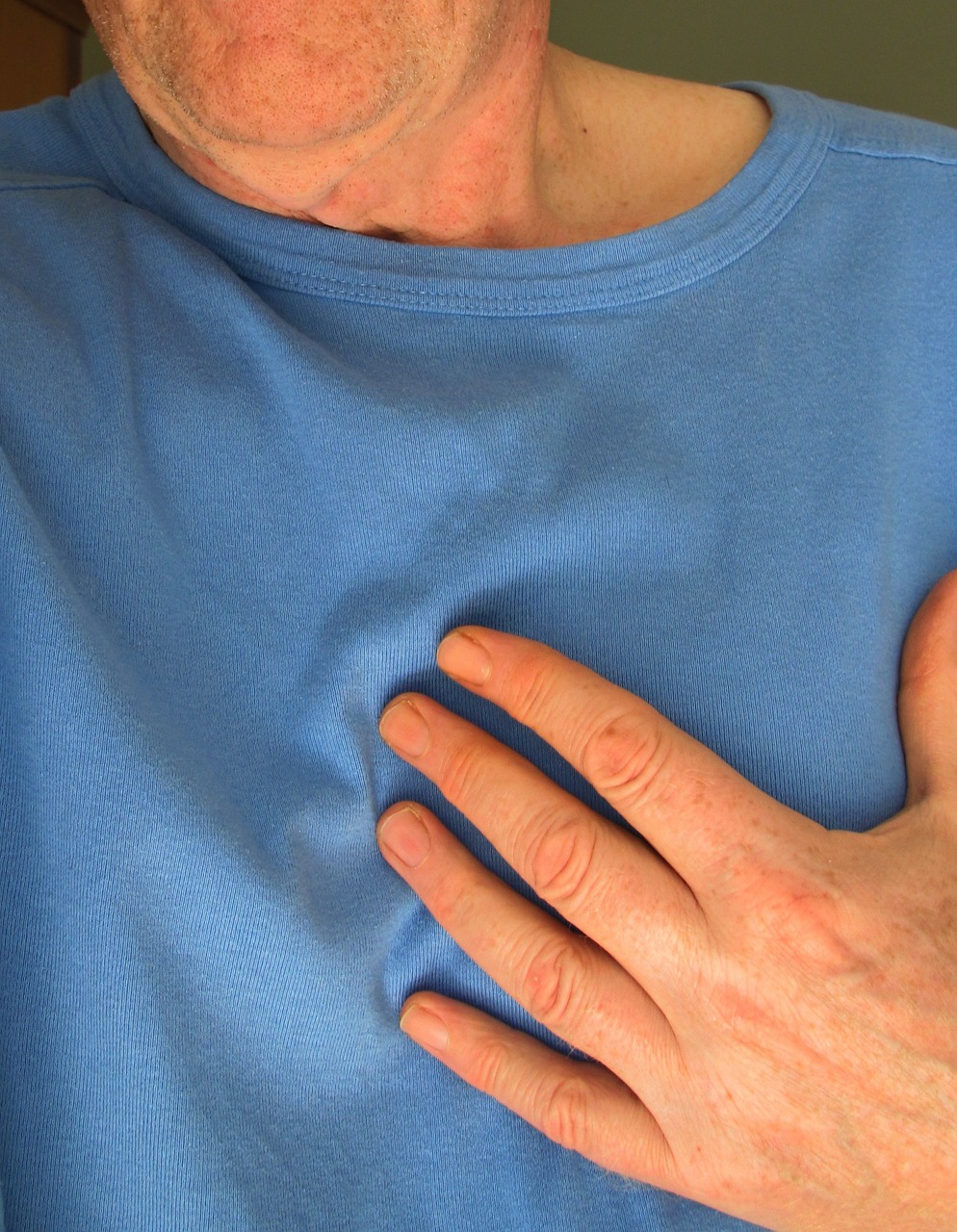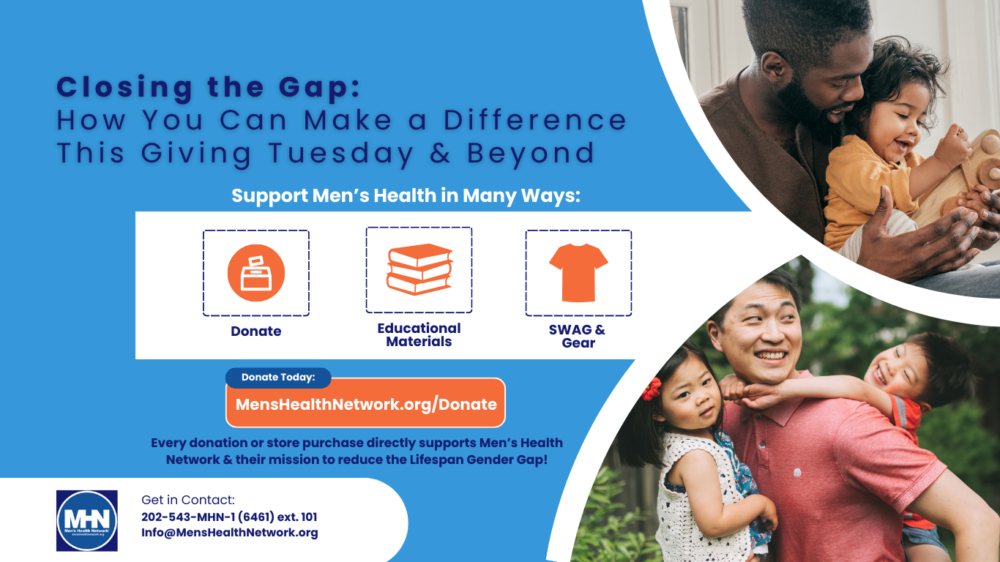These heart health tips could save your life.
David Jones, a businessman in his 40s, lived a healthy lifestyle. He exercised regularly and ate a balanced diet. Yet, one day, he noticed a heaviness in his chest. He went to an urgent care center, where tests showed that his heart was not receiving enough nutrients or oxygen. Immediately, paramedics took him to Yale New Haven Hospital to find out what was wrong.
In the ambulance on the way there, Jones’s heart stopped beating. Not once but several times, the paramedics used defibrillator paddles to restart it with electrical shocks. When he arrived at the hospital, doctors were able to open a blocked vessel that caused his problems. Jones survived, but only because he got immediate treatment. (His name has been changed to protect his privacy.)
What Jones experienced was a heart attack. According to the American Heart Association, each year about 750,000 people suffer heart attacks—when part of the heart muscle stops working properly—and 116,000 people die. Additionally, more than 500,000 people experience cardiac arrest, a condition where the entire heart stops beating because of a disturbance in the electrical system that governs it.
This is American Heart Health Month. If you want to learn in more detail about heart attacks and cardiac arrest, visit the website of the American Heart Association.
In both situations, immediate help is vital. It may be the only way to save a person’s life. But many people ignore early warning signs of an impending heart attack or cardiac arrest, says Anthony Tomassoni, MD, MS, a Yale Medicine physician and professor of Emergency Medicine and Medical Toxicology at Yale School of Medicine.
Signs of An Impending Heart Attack
Typical symptoms that people experience before a heart attack include discomfort in the chest, shoulder, arm, neck or jaw. Some people may also have shortness of breath, with or without chest discomfort. Many feel nauseous, vomit and/or a cold sweat.
Don’t assume is the symptoms disappear, there is no problem. “The onset can be very sudden and dramatic, or it can be gradual and subtle, or the symptoms can stutter. They can come and go intermittently, sometimes for months,” Dr. Tomassoni says. As a result, many people downplay the symptoms and fail to get medical treatment until it’s too late. Women are more likely to overlook symptoms of impending heart attacks or cardiac arrest than men are because their symptoms tend to be more subtle.
Untreated cardiac problems, including heart attacks, can lead to cardiac arrest. Dr. Tomassoni says there are often no symptoms, or only slight symptoms, before a cardiac arrest. That’s why it’s important to pay attention even to vague feelings that something is off. Once a person goes into cardiac arrest, doctors have only a couple of minutes to restart the heart before permanent brain damage occurs. “Delivery of an early shock is very important because the more time elapses, the less likely electrical therapy is to be effective,” Dr. Tomassoni says.
Anthony Tomassoni, MD, and Stephanie Scholz, RN, test a defibrillator in the Yale New Haven Hospital emergency department.
Electrical therapy is administered through defibrillators—those paddle-like devices you’ve seen so often in TV emergency rooms. If you suspect someone is undergoing cardiac arrest and there are no medical professionals present, Dr. Tomassoni recommends activating 911 and conducting manual cardio-pulmonary resuscitation (CPR) immediately. If you don’t have the expertise to administer CPR, quickly find somebody who does. You should also look for an defibrillator, since many businesses, clubs and other public venues now keep them handy. Defibrillators come with instructions explaining how to use them to deliver electrical shocks to reset the heart’s rhythm. They may actually “talk” the user through the process once turned on.
Don’t worry about whether you have correctly identified what’s wrong with the ailing person, says Dr. Tomassoni. If he or she is not actually having a cardiac arrest, the defibrillator will make that diagnosis, and it won’t deliver a shock.
Taken together, heart attacks and cardiac arrest are the leading causes of death in the United States. Only a fraction of people who experience these heart emergencies survive, but experts estimate that twice as many people who suffer heart attacks could survive if they received timely medical attention.
Because heart attacks are caused by an obstruction in an artery that prevents blood from flowing properly to the heart, it’s vital to open the artery quickly. Otherwise, part of the heart muscle begins to die and healthy tissue is replaced by less-flexible scar tissue. This is why people who come to the Yale New Haven Hospital Emergency Department with cardiac symptoms are often sent to the Chest Pain Center—a specialized subsection of the department. There, they are monitored and tested over several hours for the possibility of a heart attack or poor blood flow to the heart muscle that may lead to a heart attack.
But, still, it’s critical for individuals to watch for early warning signs—and to take action. Says Dr. Tomassoni: “Time is a muscle.”
This article originally appeared, in a slightly different form, on the YaleMedicine website.




